Just two months into the NBA season, viewership ratings have dipped significantly. Through last Saturday, viewership was down 19% on national channels and 25% on NBA TV. When I first saw this report, I couldn’t figure out why. After a few days of thinking and a little bit of research, I’ve got a couple of thoughts on why the NBA is struggling to maintain viewership.
Passing of the Torch
As a 19-year-old who started watching basketball around 2014, it’s been an awkward transition seeing the perennial All-Stars and future Hall-of-Famers of the 2010s start to retire. While LeBron James, Steph Curry, and Kevin Durant are still putting up great numbers, let’s face it: their time is almost up.
Since Michael Jordan retired, LeBron James has been the NBA’s top guy. For the last 22 years, LeBron has been a household name, a media icon, and the perfect face for the NBA. But in recent years, he’s spoken openly about retirement, even taking a week-long absence from the Lakers this season. His global pull for the NBA is unmatched, so it’s no surprise the league is struggling as his career winds down.
If anyone has defined the last decade of basketball, it’s Stephen Curry. His ability to drain three-pointers from absurd distances brought a level of excitement to the game that rivaled the “Be Like Mike” era of the '90s. The Splash Brothers Era will forever be one of the most iconic periods in NBA history, but it’s officially over.
Other stars with sustained dominance - Kevin Durant, Kyrie Irving, James Harden, and Kawhi Leonard - are also nearing the end of their careers. After one of the most thrilling eras in NBA history, it’s time for these legends to pass the torch to a new generation. But here’s the question: who’s ready to take it?
The New Guys
It feels like there’s more talent in the NBA now than ever before. Almost every team has one or two players deserving of All-Star recognition. Still, a few names stand out: Nikola Jokić, Jayson Tatum, Luka Dončić, Shai Gilgeous-Alexander, and Anthony Edwards. And we may soon be adding Victor Wembanyama to that list.
But while these players are generational talents, they don’t seem eager to take on the media presence that comes with NBA superstardom.
Nikola Jokić might be the most impactful player in NBA history (something I’ll write about soon), but he’s entirely uninterested in the spotlight. He spends his offseason riding horses in Serbia, doesn’t have social media, and the only ad he’s ever done is for Despicable Me 4. I love the guy, but he’s not trying to be the face of the NBA. Luka Dončić, another international star, seems similarly disinterested in representing the league beyond his shoe deal. Unfortunately, there is also a language and cultural barrier that can make it difficult to market both of them in American markets.
Jayson Tatum, while featured in plenty of ads and brand deals, doesn’t exude the personality that elevates someone to the face of the league. As much as I admire his game and his contributions to Boston, his media appearances are, well, boring. He reminds me of Tim Duncan in that way. Shai Gilgeous-Alexander faces a similar issue: a phenomenal talent but lacking the off-court charisma to carry the NBA’s image.
The one potential saving grace of this new wave could be Anthony Edwards. This guy is a star both on and off the court, with charisma and marketability on par with LeBron and Jordan. However, he’s struggled with controversy. If he can mature over the next few years, he might just become the NBA’s new media darling.
Small Market Dominance
Except for the Celtics and Knicks, the NBA’s top teams right now are from smaller markets. In the East, Cleveland, Orlando, and Milwaukee are near the top. In the West, Oklahoma City, Memphis, Minnesota, and Denver are leading the charge.
If you check out the stats below, it’s understandable why the NBA is struggling with viewership.
The end of the Splash Brothers Era and the Lakers’ continued dysfunction have left the NBA without strong representation from the big California markets. Once Steph and LeBron retire, it’s only going to get worse. The inconsistency of historic franchises like the Philadelphia 76ers and Chicago Bulls doesn’t help either.
Just this last week, the NBA Cup Final - which has been instituted precisely to fix viewership struggles - was between the Oklahoma City Thunder and Milwaukee Bucks. The Final averaged 2.99 million viewers on ABC, which is down 35% from last year between the Pacers and Lakers. Despite this being a matchup between two MVP candidates, and it being the only sporting event on that night, it’s hard for the casual NBA consumer to get excited about teams from small cities with players they don’t know well.
Play Style and Analytics
Since the Warriors revolutionized basketball with their three-point dominance, everyone’s tried to copy their blueprint. But while many have attempted, few have succeeded. Only last year’s Celtics team followed this strategy and won a championship. The firepower required to execute that style is nearly impossible to acquire.
Yet teams are shooting more threes than ever. Analytics prove it’s the most efficient path to winning games. The Pelicans, who take the fewest three-point attempts per game, still shoot 33.3 per game. By comparison, in 2014, the team with the most attempts averaged 26.6.
This has led to an unprecedented amount of missed threes. Teams routinely shoot 40 per game and hit fewer than half. While avid fans may understand this shift, casual viewers may be put off by all the bricks.
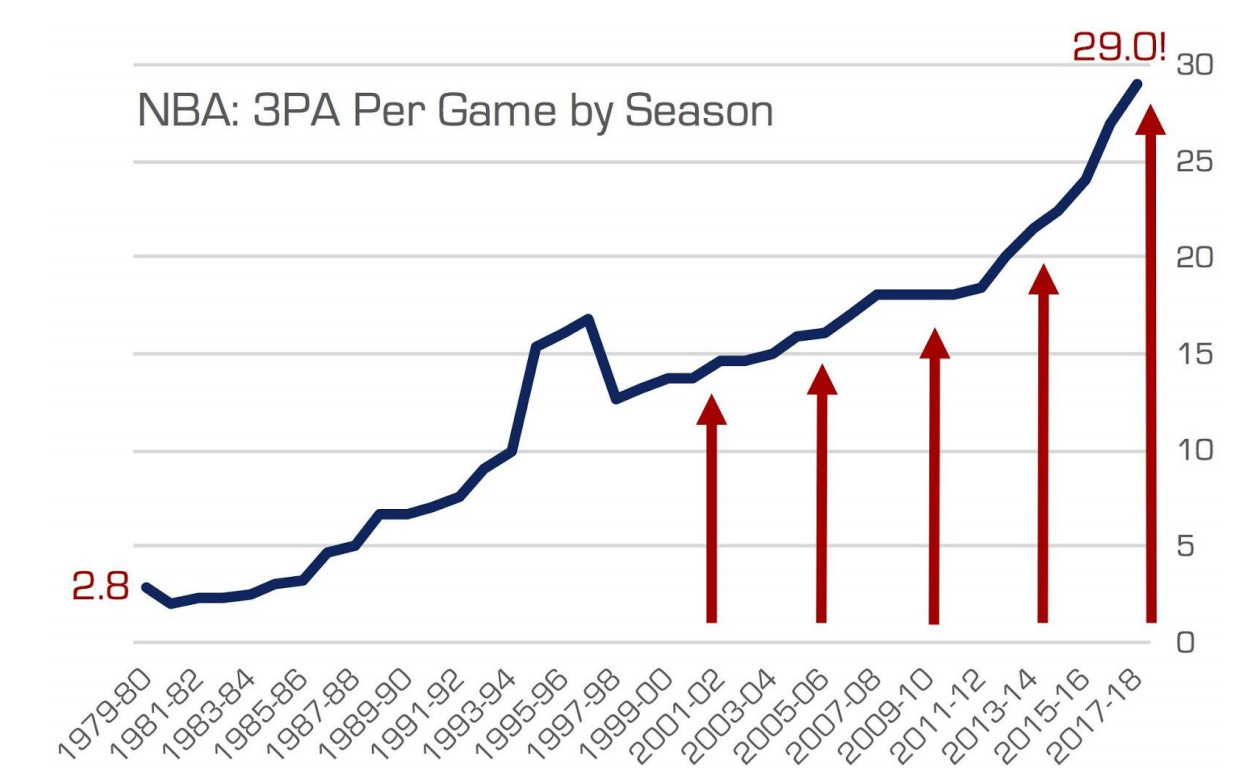
League Pass and TV Deals
In the era of streaming services taking over cable television, the NBA has struggled to adapt. NBA League Pass, a service that allows you to watch every game not on national television, costs 80 dollars a year. Unfortunately, that price point is unrealistic for many NBA fans. Casual viewers, who might not even know about League Pass, find it hard to access games. Most of the games on cable television are through NBA TV, which is not offered by most TV providers.
Even when the big channels like ESPN, TNT, and ABC pick up a game, it is far too irregular for most fans to keep up. Looking at the next month, other than Christmas Day, there are only six nationally televised games. Four of those games are on Wednesday nights.
Simply put, watching the NBA shouldn’t feel like work.
A Familiar Foe
Football will always be a problem for the NBA. The average viewership of an NFL regular season game in 2023 was 17.9 million. The average viewership of the 2024 NBA finals? 11.3 million. Listen, football will always be king in America, but there’s a good reason.
As for TV deals, football has got it down. Every Monday, Thursday, and Sunday night, games are on at the same time and on the same channels. Sunday afternoons are no different. Regardless of location, every fan gets at least two games during the 1:00 pm slot and two more at 4:25 pm. On the college side, there are games on National Television from noon to midnight every Saturday.
If you turn your TV on, there is football. Sure, many fans may be watching passively. However, if the NBA didn’t make it nearly impossible to watch their product, they could receive similar viewership.
Of course, the nature of football also helps. With many fewer games, each one matters that much more, especially at this time of year. A Week 16 divisional matchup in the NFL carries far more significance than an NBA Cup game. This problem has only been exacerbated by the rise of the 12-team college football playoff. Unfortunately, there is little the NBA can do to avert attention from football if they’re going to play at the same time.
The College Problem
As I mentioned in my article about Dalton Knecht last month, most NBA draftees are “one-and-done” college players. While this quick influx of talent might seem like a good thing, I think it’s hurting viewership.
Let’s look at the NFL again. When teams draft a player, that guy is required to have played at least three years of college ball. This gives these players time to build a following and a name for themselves. Fans become attached to their favorite players long before they enter the league. This bodes well for viewership when they take the field for their NFL team.
In the NBA, most players enter after just one year of college, and unless they’re a top-three pick, fans often haven’t heard of them. This problem is compounded by the growing trend of drafting international players.
Think of it this way. The first overall pick in the NFL was Caleb Williams. In the NBA it was Zacharie Risacher. If you went out onto the street and asked a sports fan who they’ve heard of, a vast majority would know Williams. Almost nobody would know Risacher.
Conclusion
At the end of the day, I’m not too worried. There’s more talent in the NBA than ever, and once the NFL and college football seasons wrap up, fans will start tuning in more regularly.
While this might just be a temporary blip in NBA fandom, I’m confident Adam Silver, the best commissioner in sports, won’t let the game we love fall into irrelevance.


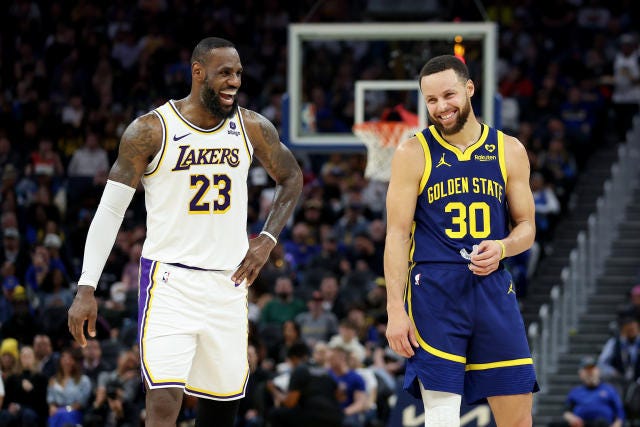
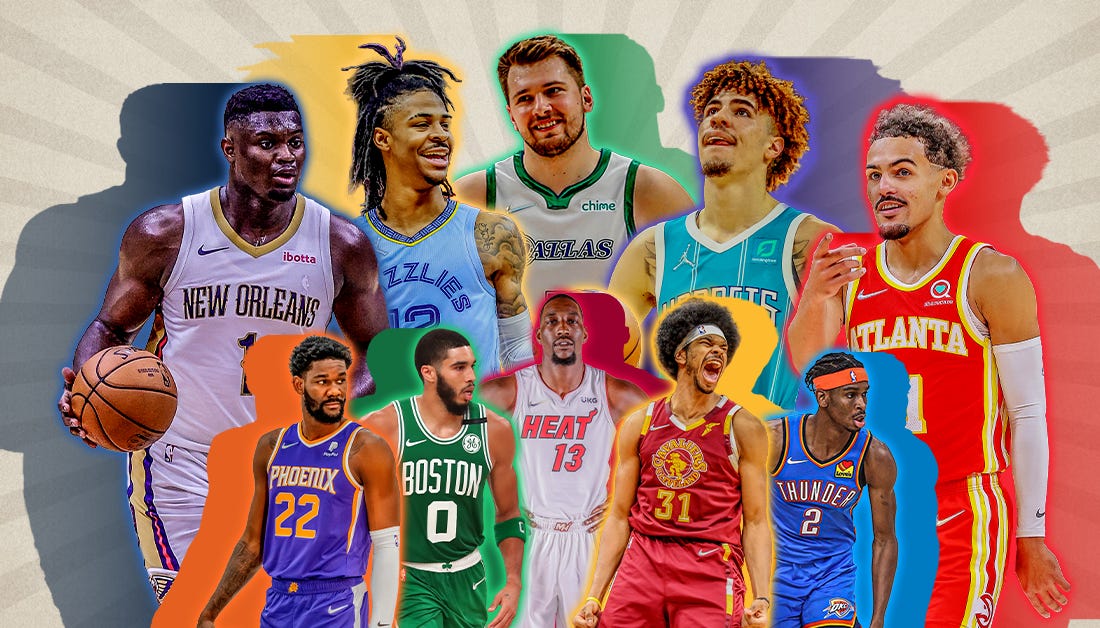
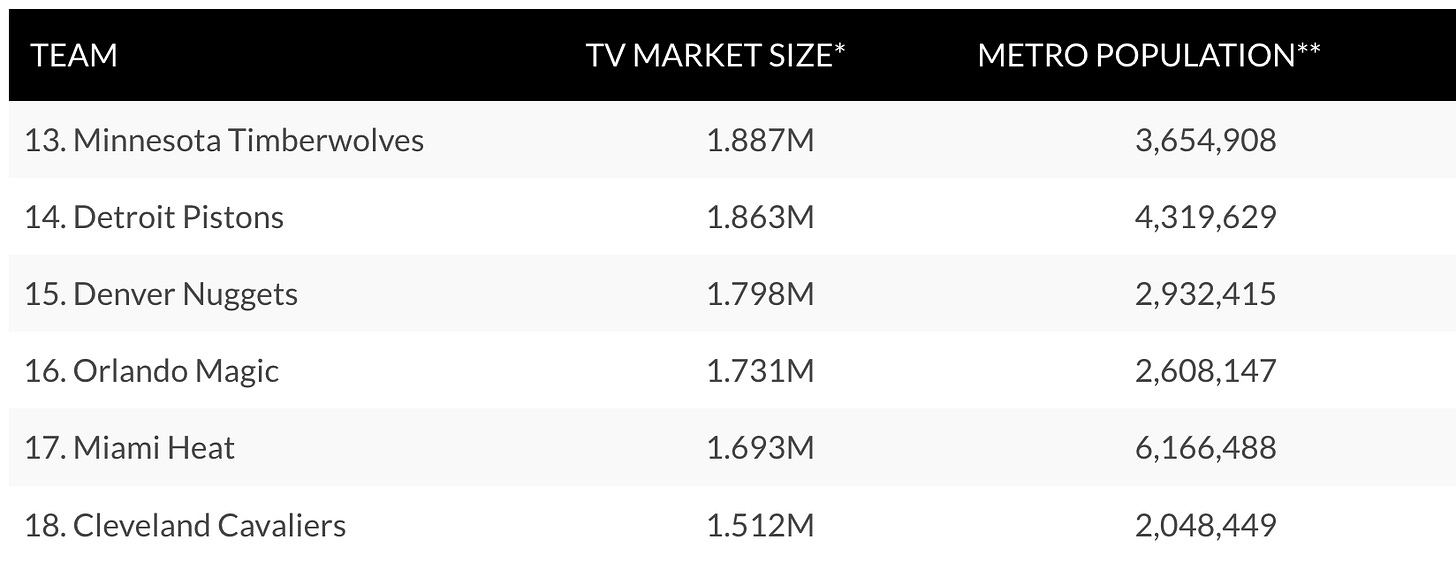
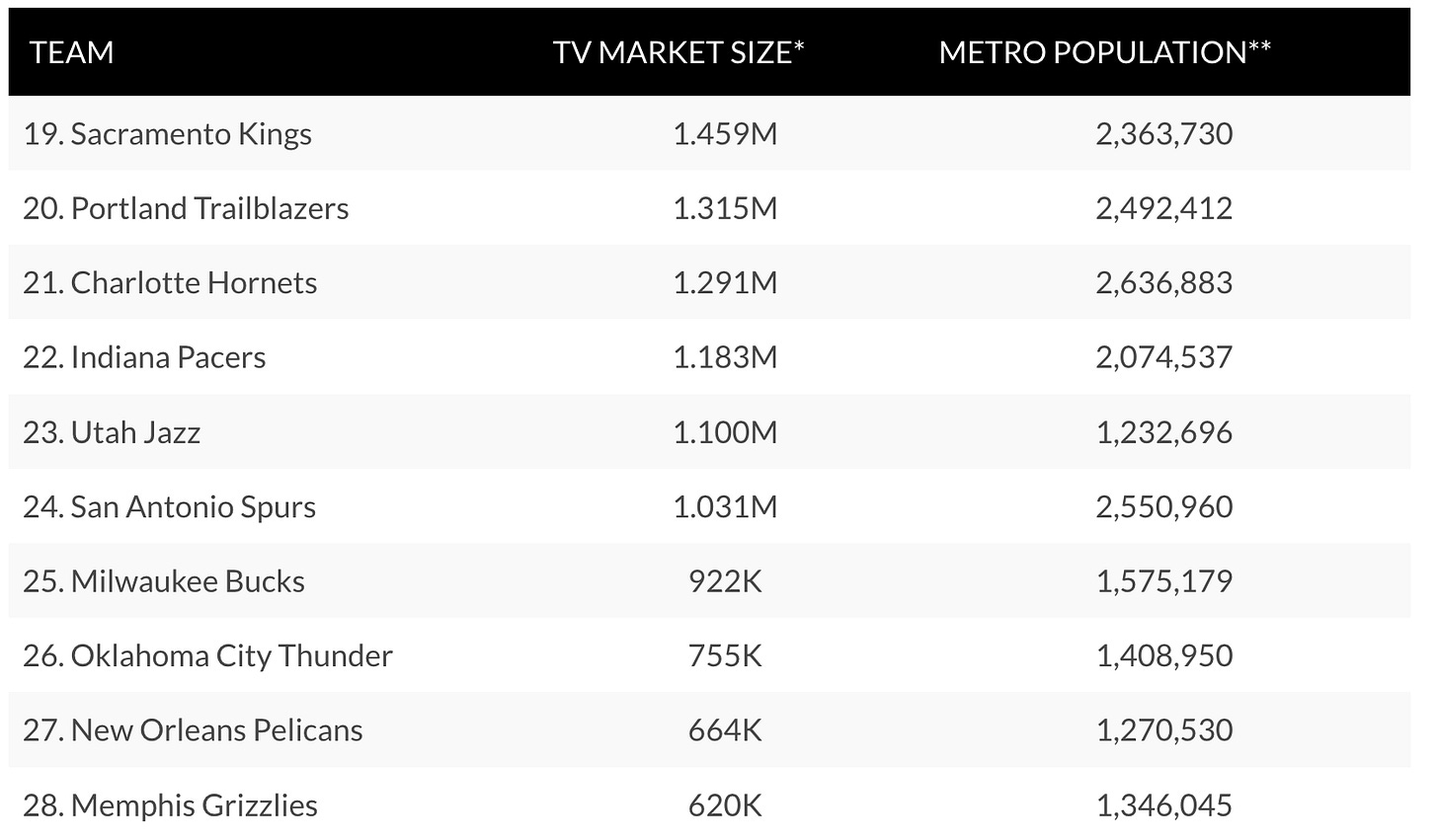
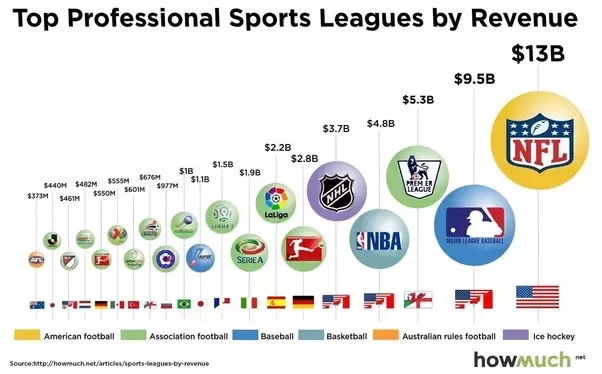
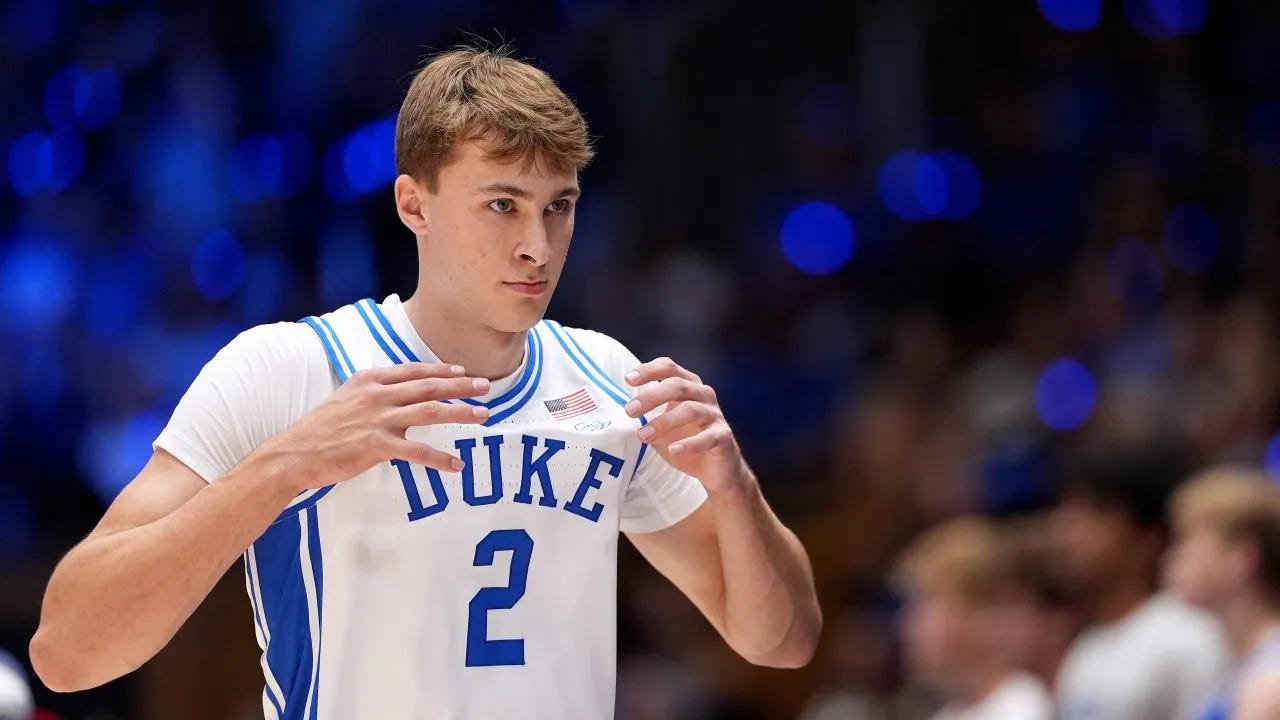
Great article! So true that one college season limits the fans' connection to the NBA players.
Tatum mentioned